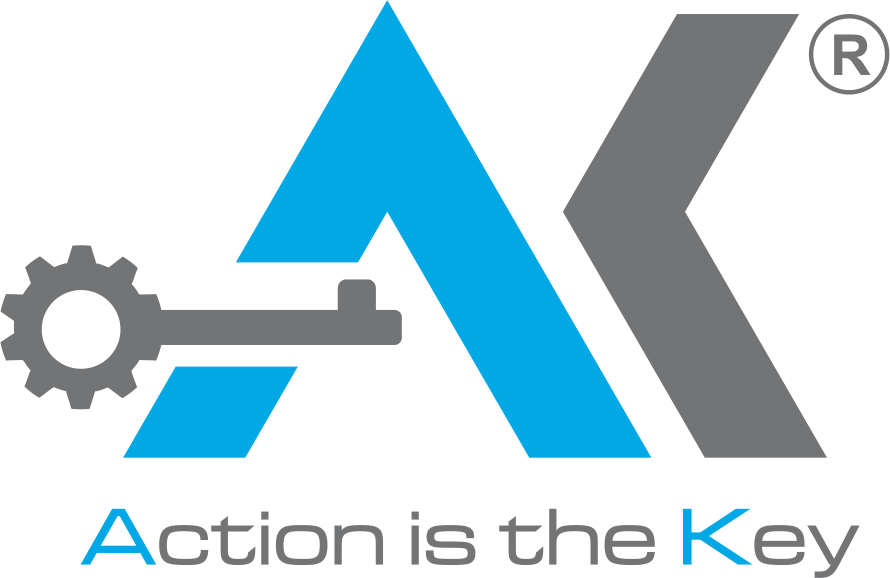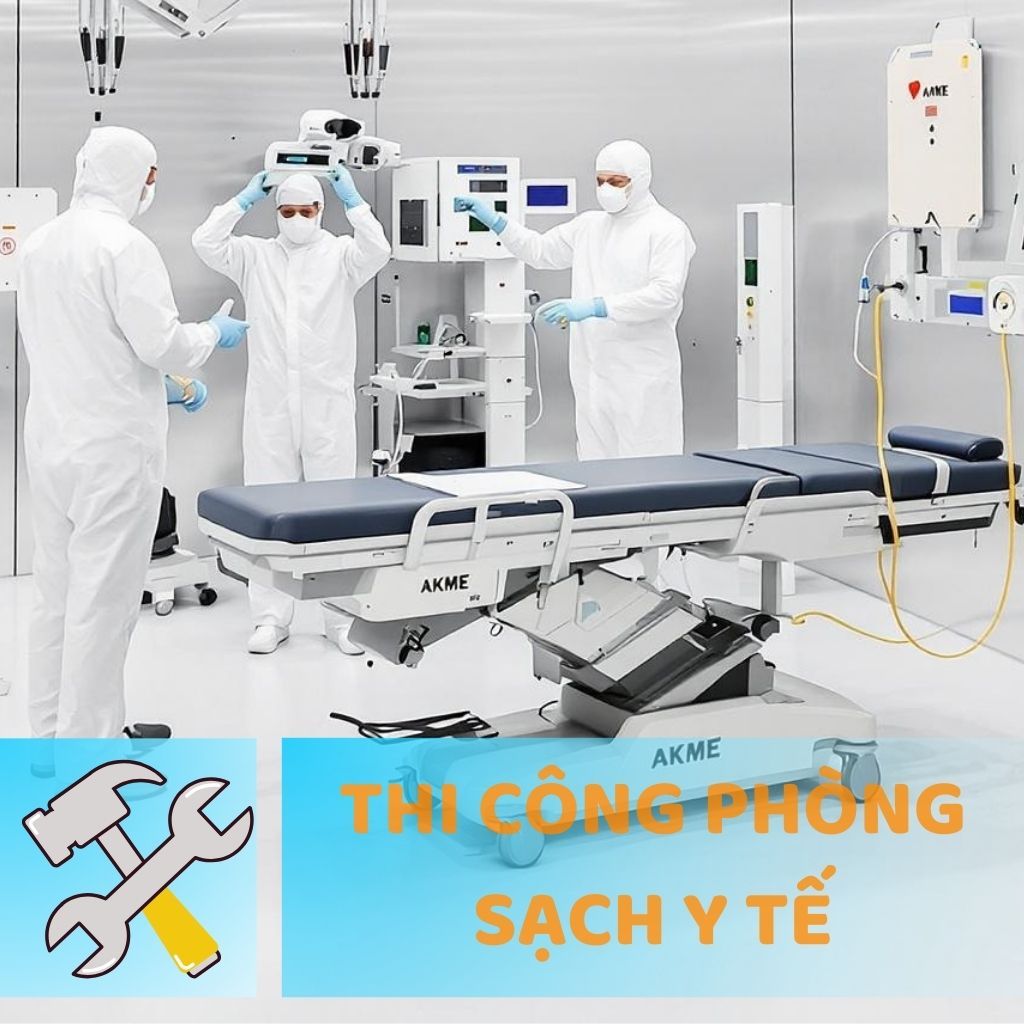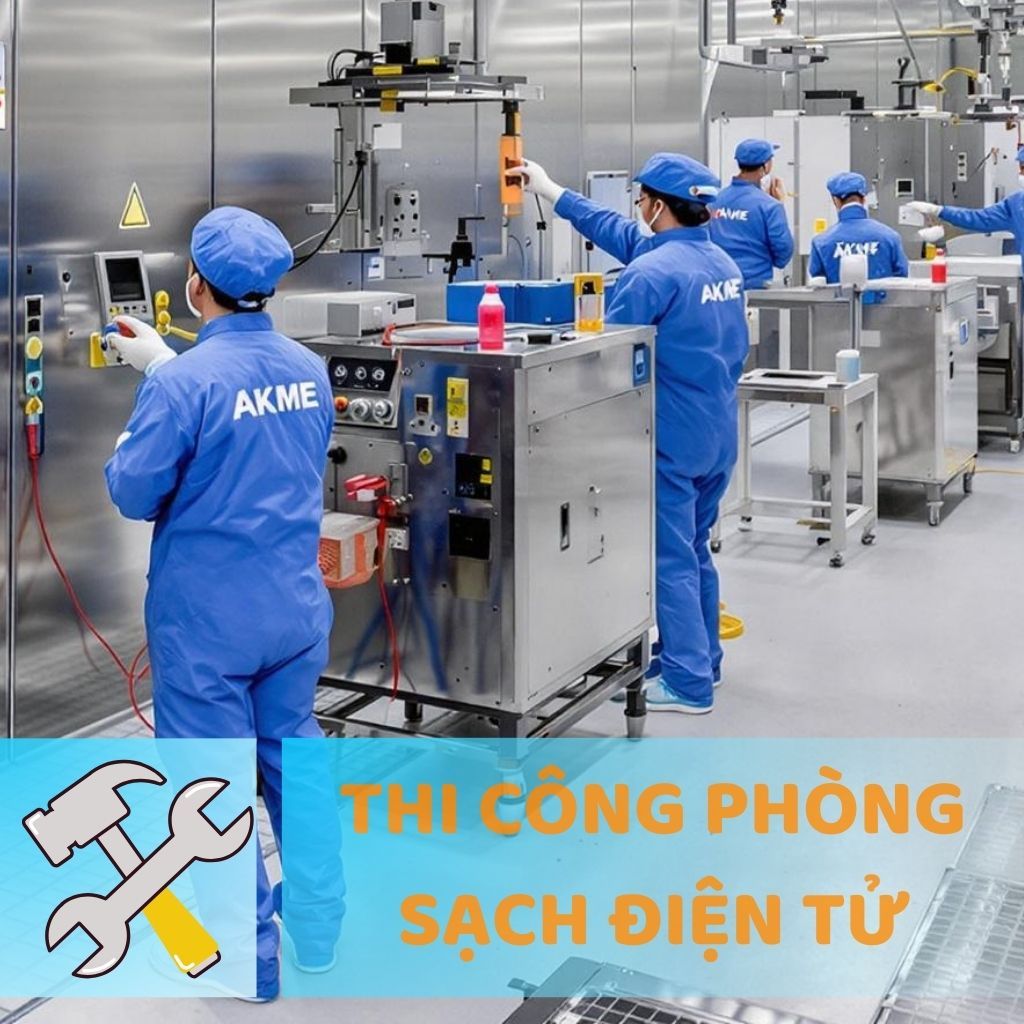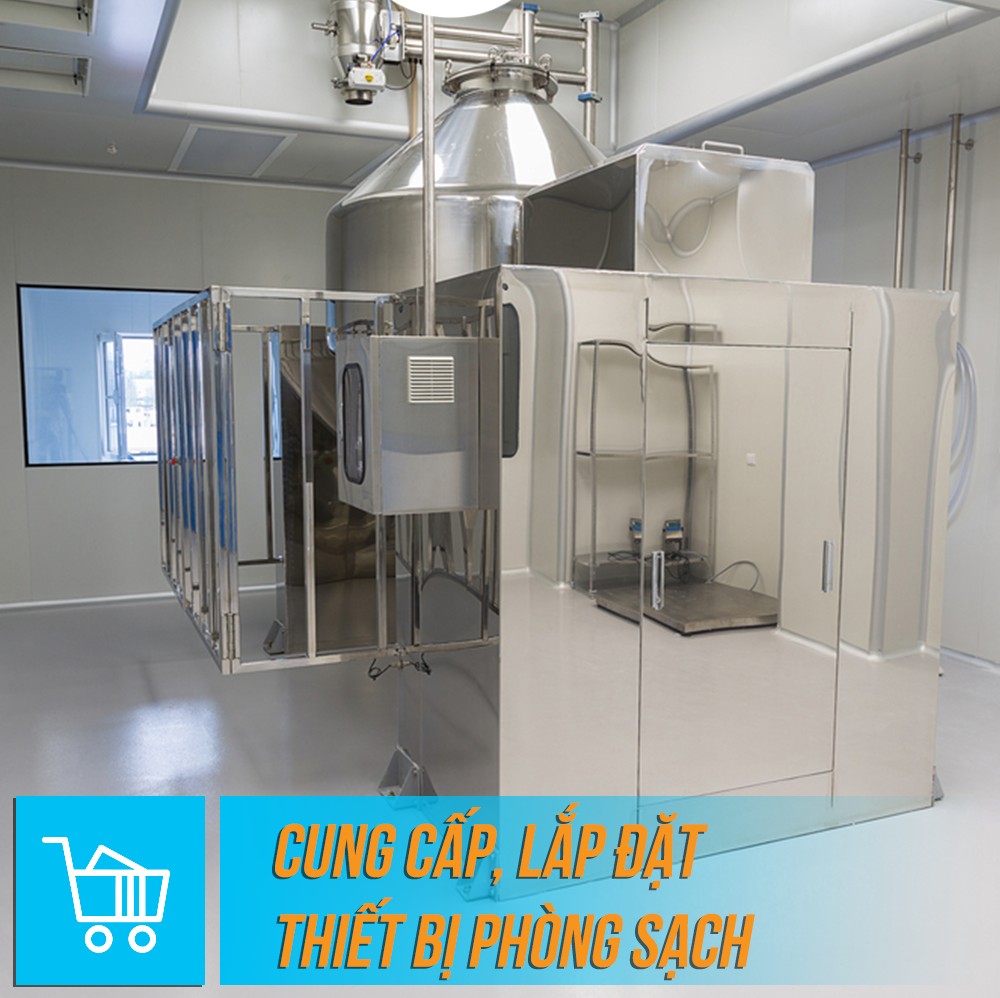Cleanroom rules and regulations.
09:04 - 27/06/2023 1302
Factors affecting the recovery of microorganisms from surfaces using contact plates in cleanrooms.
Types of cleanroom walls: Comparison and how to choose the right one
Why is steel piping essential in electronic component manufacturing plants?
Positive Pressure or Negative Pressure? A Standard Guide to Cleanroom Design
Hopefully, with the compiled knowledge of Anh Khang through the following article, it will help you better understand the rules and principles in the cleanroom to protect yourself as well as ensure the quality of your business's products.
Cleanroom regulations
Employees are not allowed to bring any personal belongings into the cleanroom. All these personal belongings will be kept in the storage compartment outside the cleanroom.
Valuable items such as wallets are allowed to be brought into the cleanroom for security. But absolutely do not take them out while in the cleanroom.
Do not eat or drink anything while in the cleanroom. Chewing gum and smoking are strictly prohibited in the cleanroom.
Things brought into the cleanroom must be approved, including the clothes worn must be specialized clothing or permitted clothing.
Do not use cosmetics when working in the cleanroom, even essential cosmetics.
Paper used in the cleanroom must also be a special type of paper.
Ballpoint pens also need to be approved when used in the cleanroom.
Use the equipped hand dryer. Absolutely do not use unapproved paper/cloth towels when you want to wipe or dry your hands.
To avoid spreading dirt to other clean spaces, gloves are not allowed to touch any surface that has not been completely cleaned.
Solvents in the cleanroom should avoid contact with skin. Because they can cause deep skin damage if touched.
Storage containers and furniture in the cleanroom in use also need to be kept clean, just like everything inside the room.
All tools are not allowed to be placed on the surface of chairs or tables, they must be placed on a clean towel first and that clean towel must also be approved for use.
Before equipment and materials are brought into the cleanroom for production, they must be brought into a sterile facility.
For employees, if they have physical illnesses, especially respiratory and stomach diseases, they are not allowed to work in the cleanroom.
Do not move quickly, do not sit or lean on equipment, do not write or draw on equipment, do not wear cleanroom clothes outside, and do not tear or soil specialized clothing.
Principles in the cleanroom
What are the principles in the cleanroom?
>> Related: 11 things to keep in mind when cleaning a cleanroom
Principles of cleanroom hygiene
To achieve the best cleaning efficiency in the cleanroom, there needs to be an overall cleaning process, from cleaning walls to floors and work surfaces. These regulations include:
- Attach a monitoring board that details the types of chemicals, disinfectants, or cleaning agents allowed for use in the cleanroom.
- Thoroughly train new staff on how to read and write on the monitoring board.
- Read and follow the instructions for using cleanroom equipment, machinery, and disinfectants used in the cleanroom.
- The cleaning process starts from the dirtiest area to the cleanest area and ends with the exit.
- Use the right cleaning agent specifically for each type of cleanroom.
- When using chemicals, emergency showers or eyewash stations must be readily available.
Principles of personal hygiene
Must regularly shower, bathe, and clean personally thoroughly before entering the cleanroom.
Do not wear makeup, apply hair gel, spray perfume, or use scented lotions.
Employees are not allowed to wear contact lenses, limit coughing and sneezing while working in the cleanroom.
If an employee is a smoker, they must not smoke for at least 30 minutes before entering the cleanroom.
Clothing regulations
Depending on the type of cleanroom, there will be specific rules. Employees may be required to change out of regular clothes and wear cleanroom clothing made from polyester to minimize the risk of external contamination.
Many cleanrooms will require employees to leave their shoes outside and wear shoes available for use in the cleanroom, in addition to using shoe covers.
Cleanroom attire may include items such as full protective clothing, gloves, wraps, goggles, head coverings, masks, etc.
There are also other requirements related to the changing area, storage cabinets, the location for dirty clothes, the laundry process, etc.
Other regulations
Employees are not allowed to pick up anything that has fallen on the floor. Picking it up with gloves can contaminate the gloves.
Except for protective clothing allowed for use in the cleanroom and equipment in the cleanroom, other items are not allowed to be brought into the cleanroom, such as keys, jewelry, food and drink.
Employees with skin irritation or open wounds are also not allowed in the cleanroom.
Maintaining cleanroom hygiene is a way to improve operational productivity and extend the life of the room. Therefore, for the production process to take place most smoothly, we need to apply the rules and principles of the cleanroom according to the prescribed standards.
If you have any questions about cleanroom solutions, please contact Anh Khang M&E for our advice and support.
For detailed information on CLEANROOM CONSULTATION - DESIGN - CONSTRUCTION, please contact:
 | Anh Khang Cleanroom Mechanical Electrical Joint Stock Company Hotline: 1900 636 814 Email: info@akme.com.vn Website: akme.com.vn Add: Lot B7 Xuan Phuong Garden, Trinh Van Bo Street, Phuong Canh Ward, Nam Tu Liem District, Hanoi. |
12:05 - 28/11/2019 47510
Cleanroom Design and Construction
14:05 - 11/03/2025 20084
GMP and ISO Standard Cleanroom Construction
14:18 - 11/03/2025 12033
ISO Standard Medical Cleanroom Construction
14:13 - 28/02/2025 23011
Electronics Cleanroom Construction
16:15 - 18/03/2021 4588
Warranty Service
16:26 - 28/11/2019 17620
Supply and installation of cleanroom equipment
14:50 - 26/11/2019 5958
Technology Production Line Consulting
16:35 - 19/03/2025 18217















